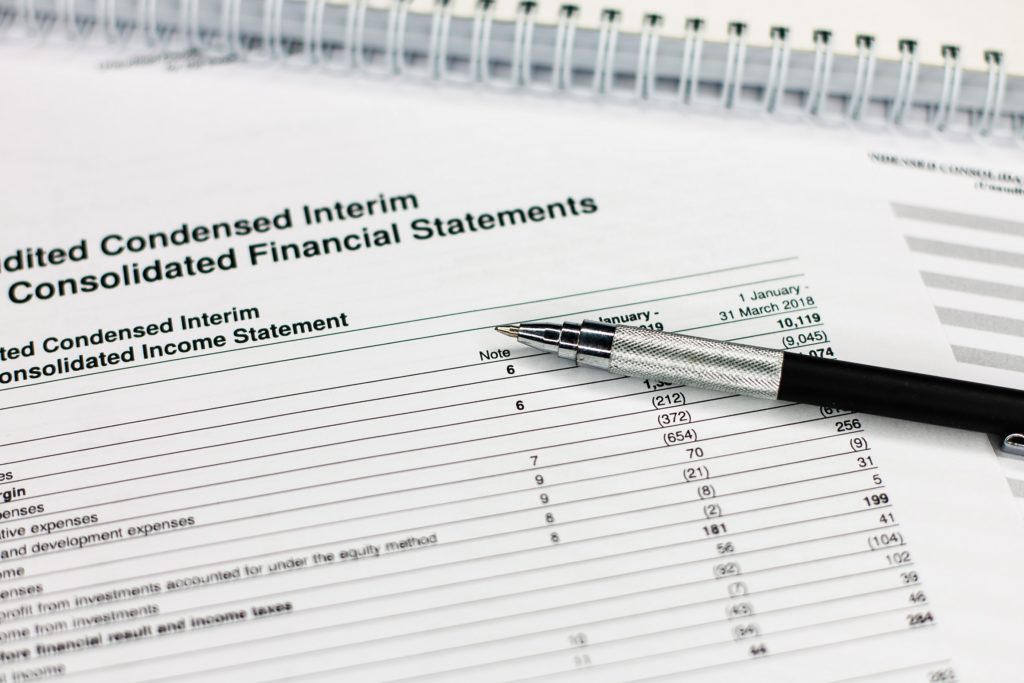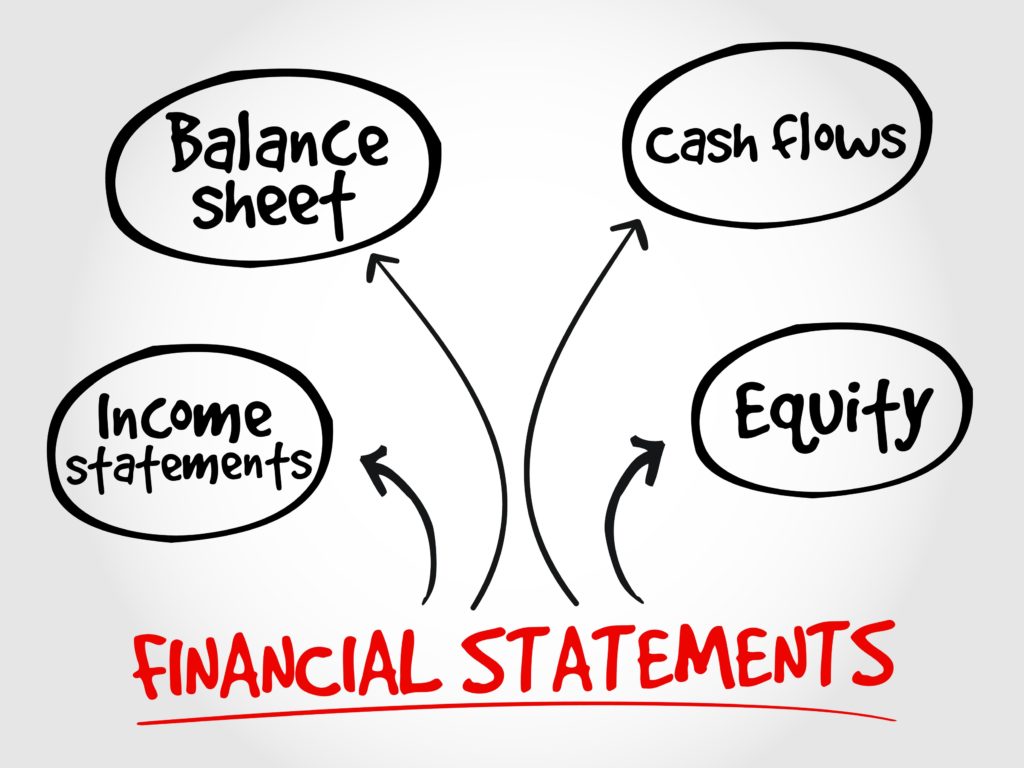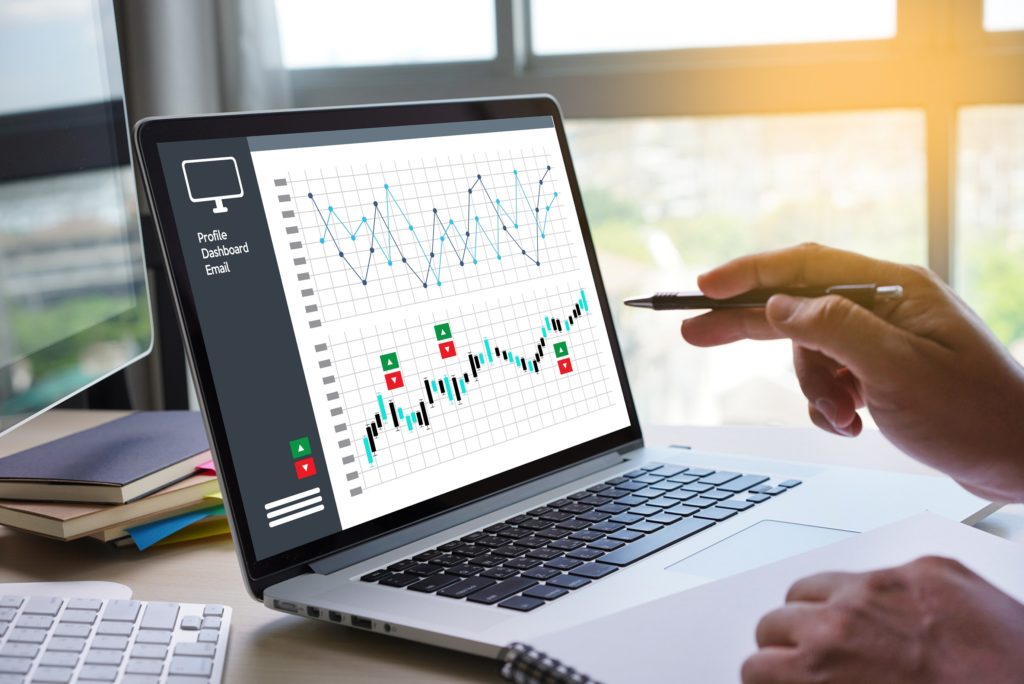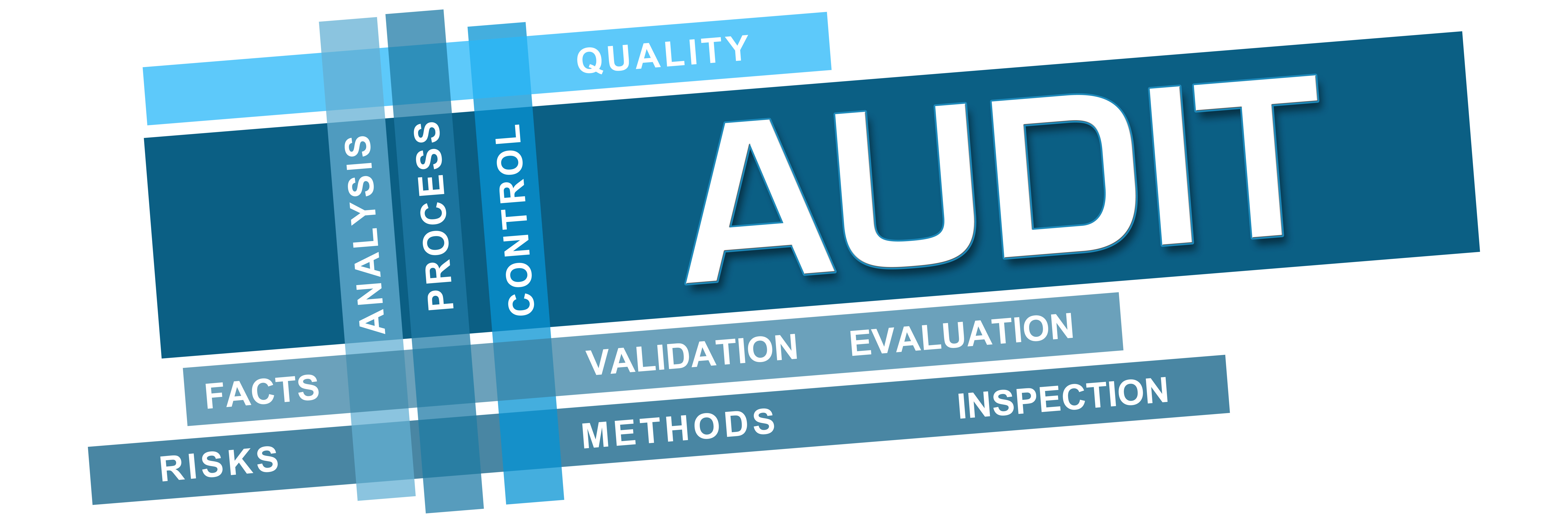Federal mileage rates for 2023.
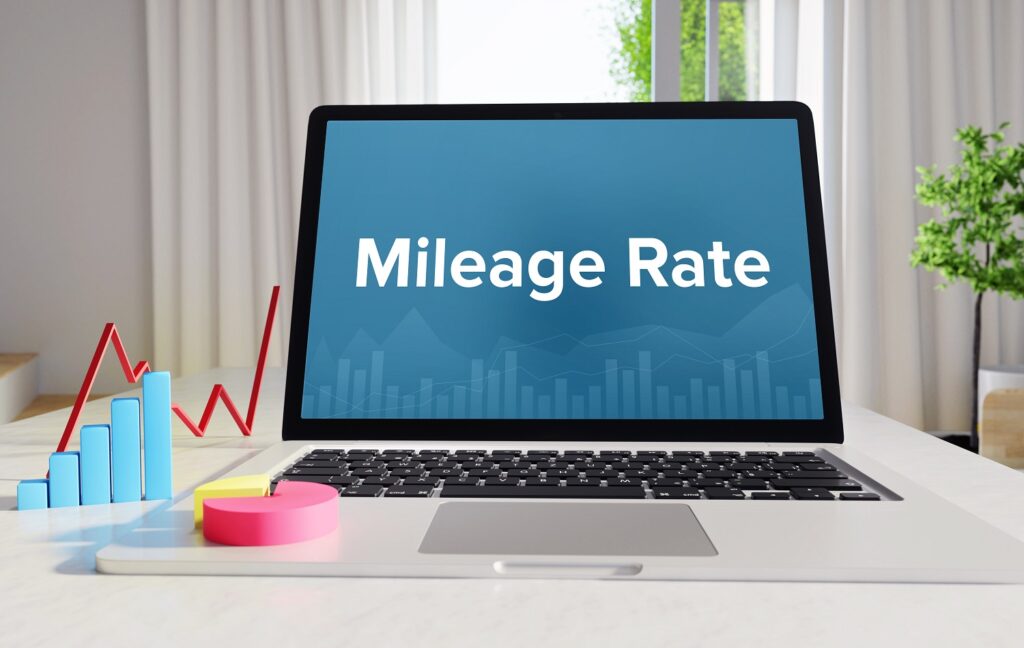
The IRS has issued mileage rates for 2023.
Starting January 1, 2023, the standard mileage rates will be:
- 65.5 cents per mile for business use, which is up from 62.5 cents for the second half of 2022 and 58.5 cents for the first half of 2022. The business mileage rate was 56 cents in 2021.
- 22 cents per mile for medical and moving, which is the same as the second half of 2020 compared to 18 cents for the first half of 2022.
- 14 cents per mile for services provided to charitable organizations, which rate was set by Congress in legislation.
Rates were published in Notice 2022- 234 – Optional Standard Mileage Rates.
IR2022-234 also states:
“These rates apply to electric and hybrid-electric automobiles, as well as gasoline and diesel-powered vehicles.
“The standard mileage rate for business use is based on an annual study of the fixed and variable costs of operating an automobile. The rate for medical and moving purposes is based on the variable costs.
“It is important to note that under the Tax Cuts and Jobs Act, taxpayers cannot claim a miscellaneous itemized deduction for unreimbursed employee travel expenses. Taxpayers also cannot claim a deduction for moving expenses, unless they are members of the Armed Forces on active duty moving under orders to a permanent change of station. For more details see Moving Expenses for Members of the Armed Forces.
“Taxpayers always have the option of calculating the actual costs of using their vehicle rather than using the standard mileage rates.”
Federal mileage rates for 2023. Read More »

